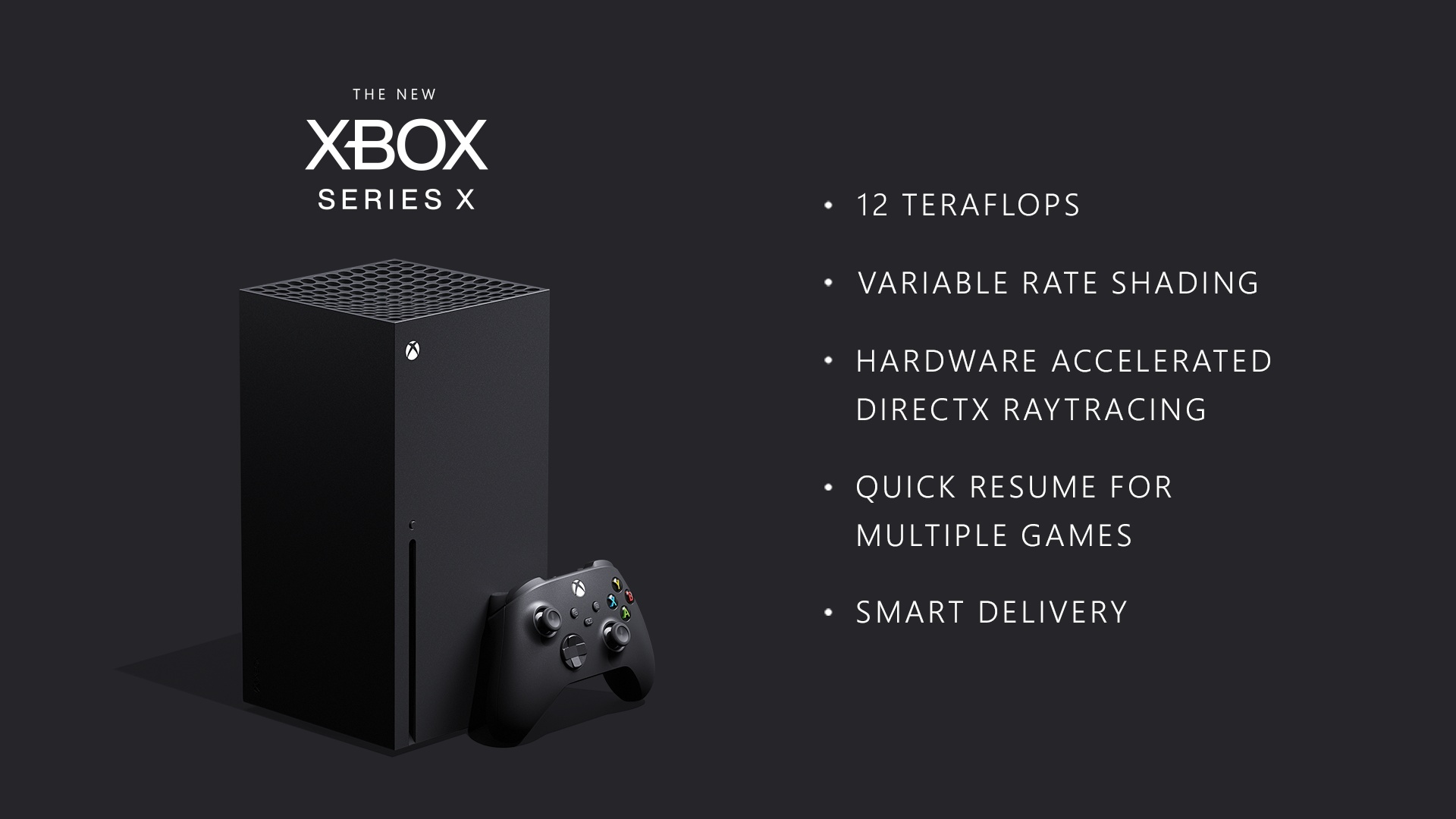The kind of which you've never seen before.
Titillating.
Follow along with the video below to see how to install our site as a web app on your home screen.
Note: This feature may not be available in some browsers.
The kind of which you've never seen before.
I think it's almost guaranteed that we'll see the "Big Ampere" in a couple of weeks via the "virtual GTC". As for the gaming models, well, there's no rush and these will likely come in May/June or Aug/Sep.Holy shit this is taking so long. I have my cash in hand here. Get something launched already.
I dont necessarily agree with Wolfram overall but hes correct in terms of transistor counts. 5700xt is 10.3 billion. The 2070 super is 13.6 billion.
Not really though. "Small Turing" doesn't have BVH cores and has a version of tensor array cut down to FP16x2 support only but the rest of Turing features are there: VRS, mesh shaders, sampler feedback.Both uses chips with the same amount of transistors and have the "same" feature set.
Not really though. "Small Turing" doesn't have BVH cores and has a version of tensor array cut down to FP16x2 support only but the rest of Turing features are there: VRS, mesh shaders, sampler feedback.
And the concurrent INT32/FP32 execution.Not really though. "Small Turing" doesn't have BVH cores and has a version of tensor array cut down to FP16x2 support only but the rest of Turing features are there: VRS, mesh shaders, sampler feedback.
Not really a feature you can use.And the concurrent INT32/FP32 execution.
https://www.guru3d.com/news_story/n...192_cores_and_boost_speed_up_to_2200_mhz.htmlA Chinese forum called Stage1 apparently has shared some reliable info in the past, and this round he talks about a chip called 'ga100', And GA obviously would be GeForce Ampere.
Here's what he posted and calls GA100:
128SM, 8192cuda, 24 / 48GB HBM2e, boost frequency up to 2.2Ghz, double the tensor core, 300W TDP
GA100 would get far more compute performance then expected, the 7nm fabbed GA100 would indeed get 8192 cores and thus 128 CUs, meaning NVIDIA if pretty much going monolithic and doubles up on their transistor budget, which going from 12nm and 14nm to 7nm is very possible. Very interesting is the mention of a boost clock up-to 2200 MHz, which seems high especially with a 300W TDP.
All that in combination with 24, 32 or even 48 GB of HBM2e graphics memory would/could deliver 32 teraflops of performance. Obviously we're talking data center and supercomputer centric products here, but Ampere paves the way architecture wise for the consumer products as well. Apparently the number of tensor cores would double up as well.
Yes, but I meant that it accelerates RT workloads compared to Pascal.Not really a feature you can use.
Look at what Degustator said: 2070S is carrying even more dead transistors wrt to general gaming perf than just RT cores and Tensors: The inactive 512 ALUs.
Apart from pricing and product positioning, one should compare RX 5700 XT and RTX 2080 Super, if one would want to compare how much gaming performance each vendor crams into each mm².
edit: abstracting from product level and going by the highest ALU count with the highest clock frequency offered for that count across gaming, professional and mobile, TU106 fares comparatively worse than TU104 and 102 at 17,4 TFLOPS/mm², whereas 104 and 102 are at 20,5 and 21,6 respectively.
Navi 10 OTOH is comfortably ahead at 40,4, but trailing Vega 20 with 43,2.
Best-in-class for older generations where Polaris 30 with 30,7 and GP104 with 28,9.
Xbox One X != Xbox Series X

It is rumoured that the new nVidia Ampere is going to be 3 more powerful than Xbox One X series.
https://www.tweaktown.com/news/7107...d-specs-3x-faster-than-xbox-series/index.html
Talking about perf/mm².NO..!
You are simply trying ostracize the facts, not illustrate them.
Because you end up comparing apples with oranges. You cannot compare those two directly and objectively without choosing some metrics while ignoring others.Why not compare Navi-10 DIRECTLY with Turing..?
Talking about perf/mm².
Because you end up comparing apples with oranges. You cannot compare those two directly and objectively without choosing some metrics while ignoring others.
